Tag: 19th-century
-
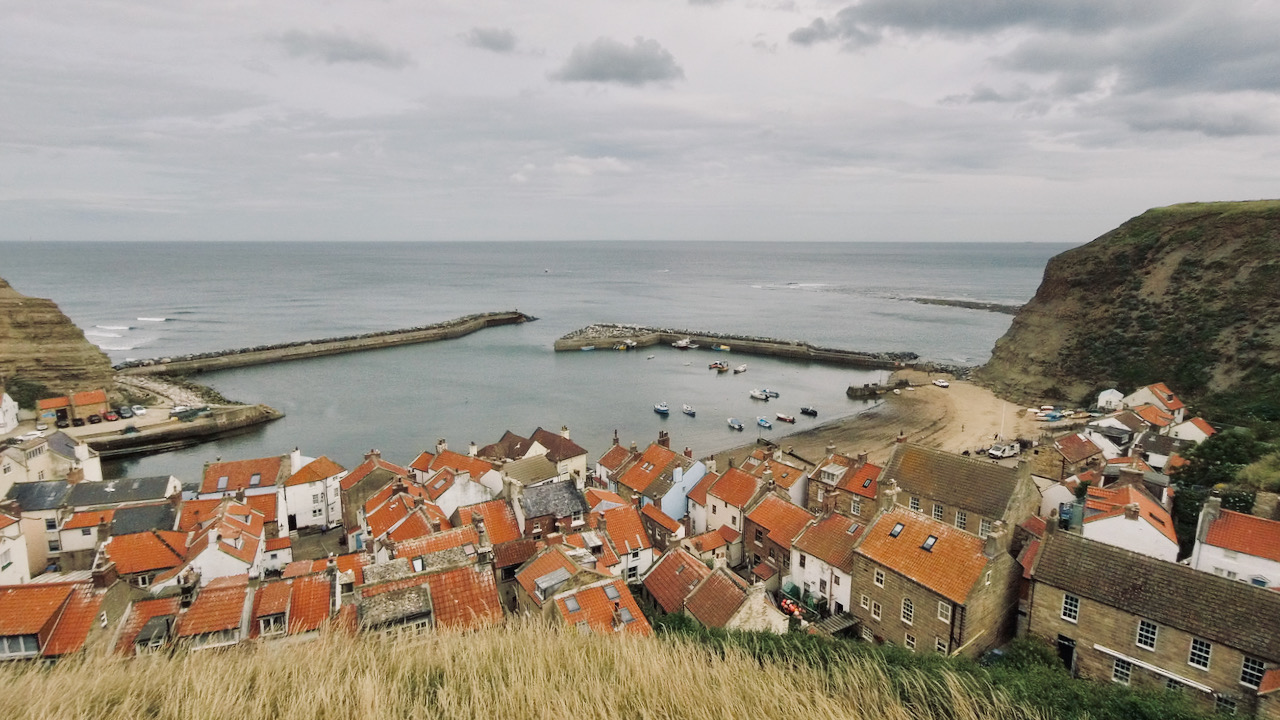
Staithes’ transformation into an artists’ mecca
In the distant past, back in 1415, when the world was a taciturn place, the medieval village of Staithes was first recorded under the name ‘Setonstathes‘. This coastal community thrived as a fishing haven during the 16th century, only to prosper further in the 19th century as local ironstone, alum, and jet mining took hold.…
-
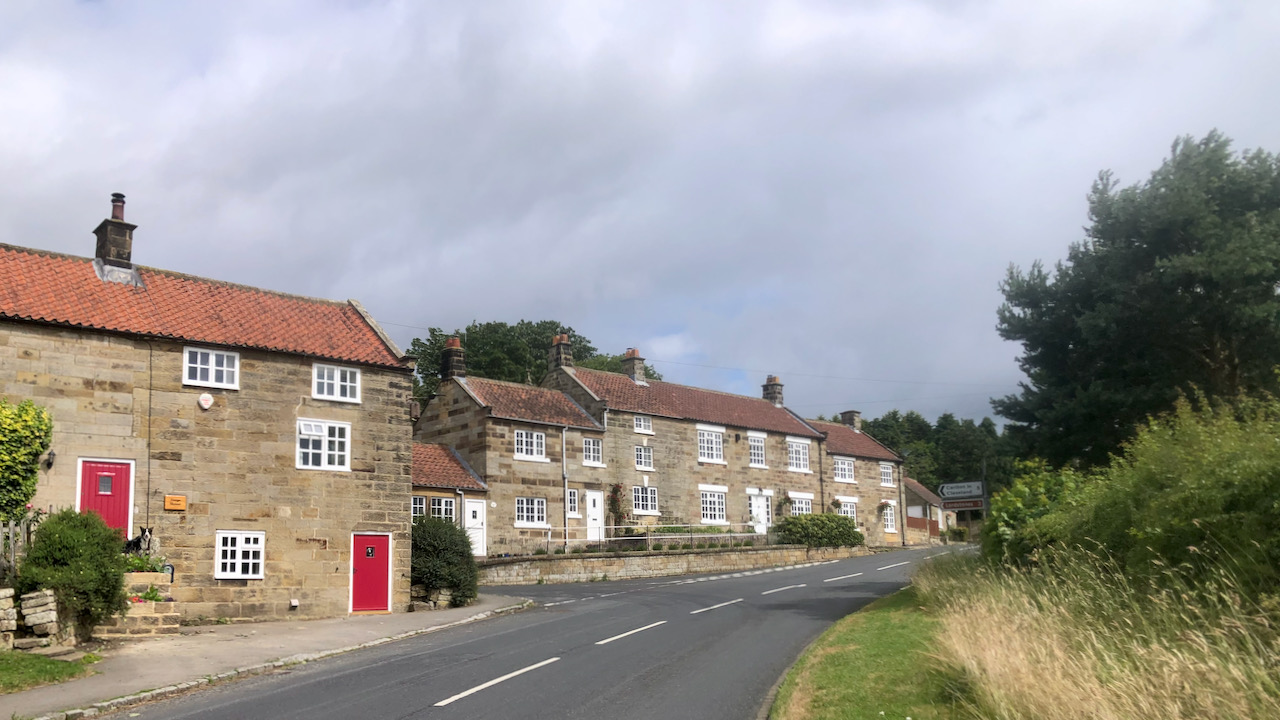
Chop Gate—a quintessential collection of cottages
In the heart of idyllic Bilsdale, nestled among the high moors, lies Chop Gate with this collection of charming sandstone cottages. Their roofs are adorned with typical pantiles, exhibiting the distinctive S-shaped cross-section—a design that crossed the North Sea from Holland to Britain in the 17th century. Since the start of the 18th century, these…
-
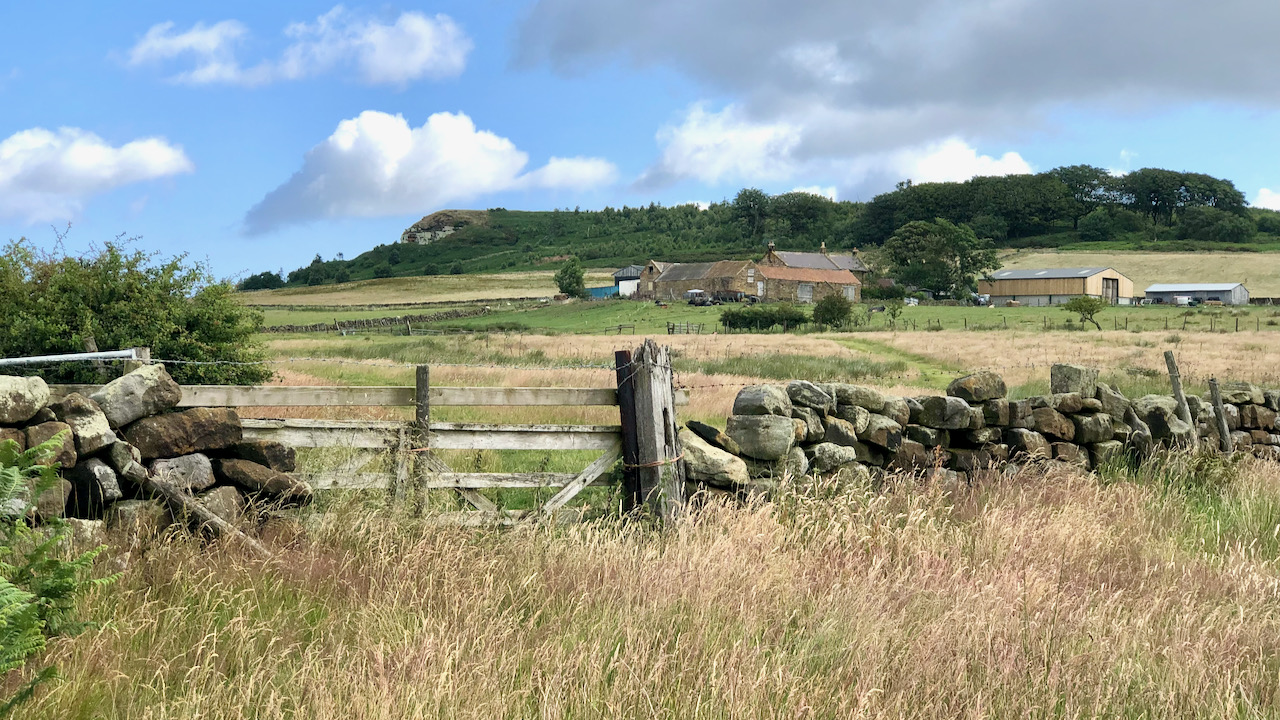
Highcliffe Farm
I’ve posted about Highcliffe Farm before, located on the wide and shallow col between Highcliff Nab and Great Ayton Moor; unsheltered from the winds from the north and the south. One might question the wisdom of setting up a farm in such an exposed spot. The landscape owes its origins to the ancient forces of…
-
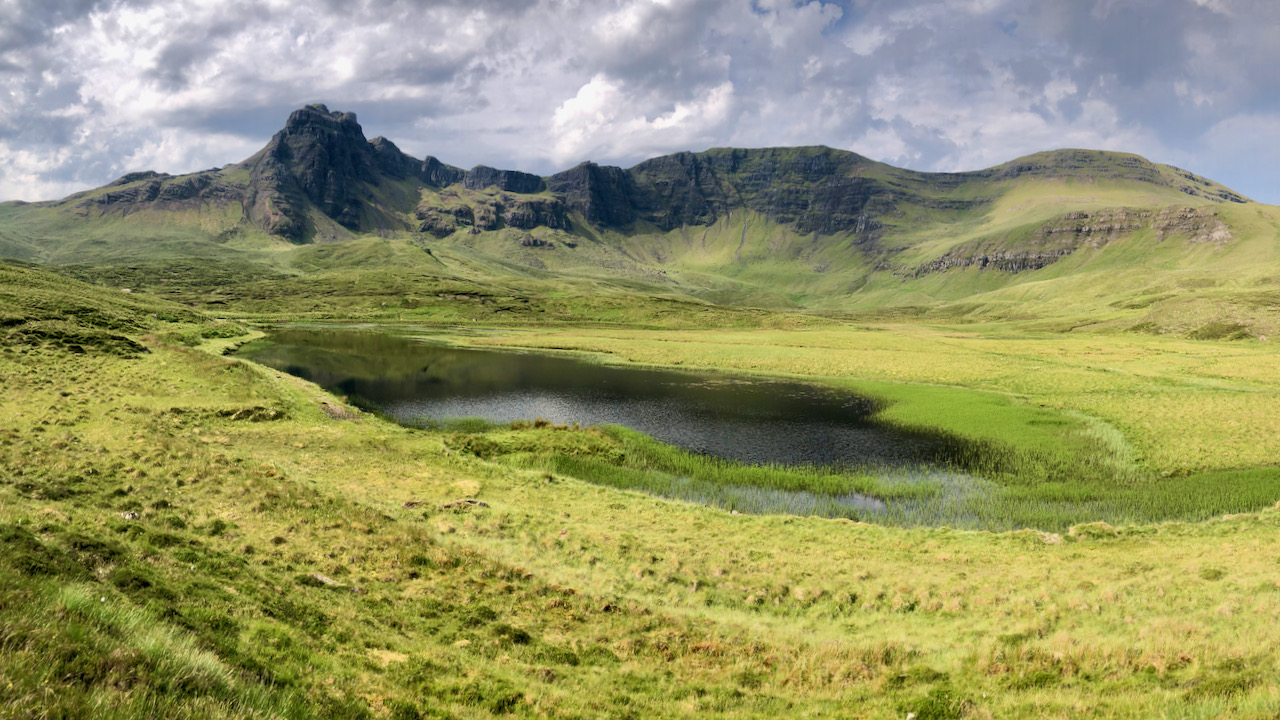
Loch Cuithir and the diatomite industry
What had fascinated me was the peculiar wording on the O.S. map, indicating the presence of a “Dismantled Railway,” a six kilometres stretch from the Inver Tote coastline, winding its way towards Loch Cuithir, nestled beneath the formidable Sgurr a’ Mhadaidh Ruaidh, aptly dubbed ‘the hill of the red fox.’ As it turned out, Loch…
-
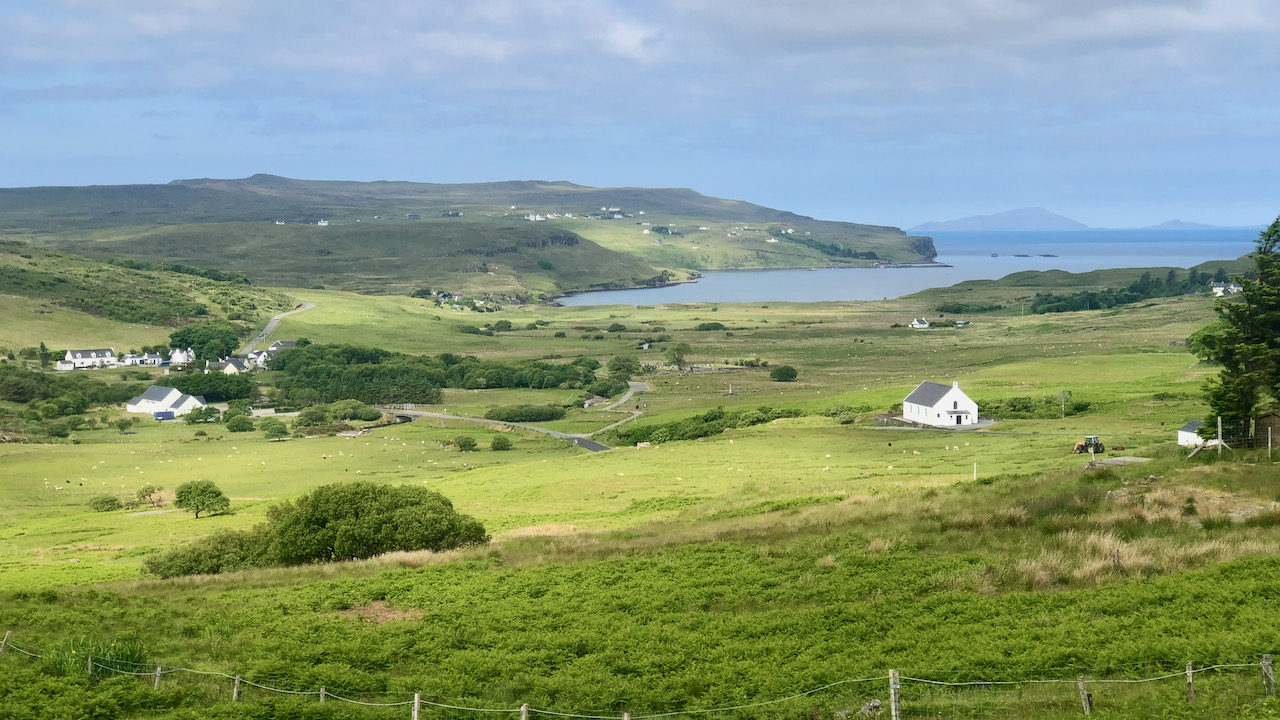
Confrontation at Glendale—Gunboats, Troops, and the Resolute Crofters
My knowledge of the Highland Clearances assumed it began the 18th century and pretty much over by the mid 19th century. But it really ended with the Napier Commission and the passing of the Crofters Holdings (Scotland) Act in 1886, ensuring security of tenure for crofters. My understanding of the Highland Clearances was that it…
-
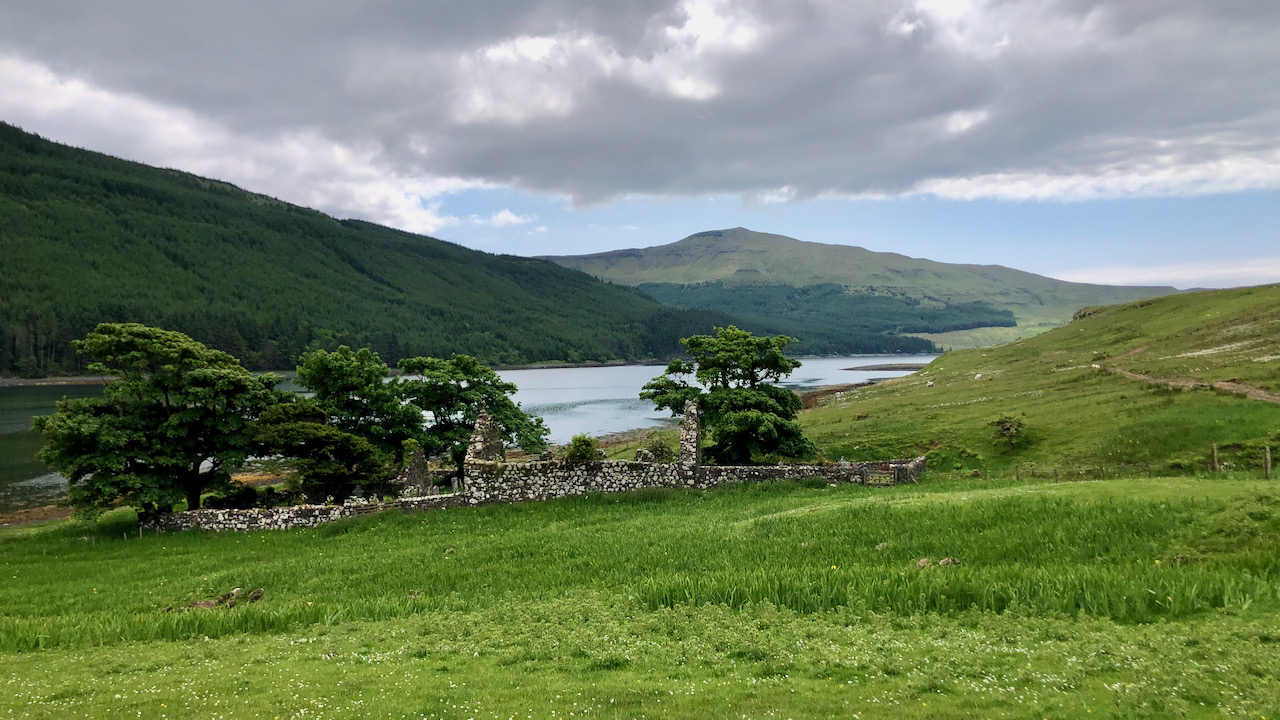
St Maelrubha’s Churches, Eynort
Seal watching at Loch Eynort, but unfortunately, I didn’t have my telephoto lens with me. As a result, the seals’ heads appeared as mere dots amidst the vast expanse of water. However, further up the loch, nestled in a delightful wooded spot, stand the remains of two churches. The smaller one, likely older in age,…
-
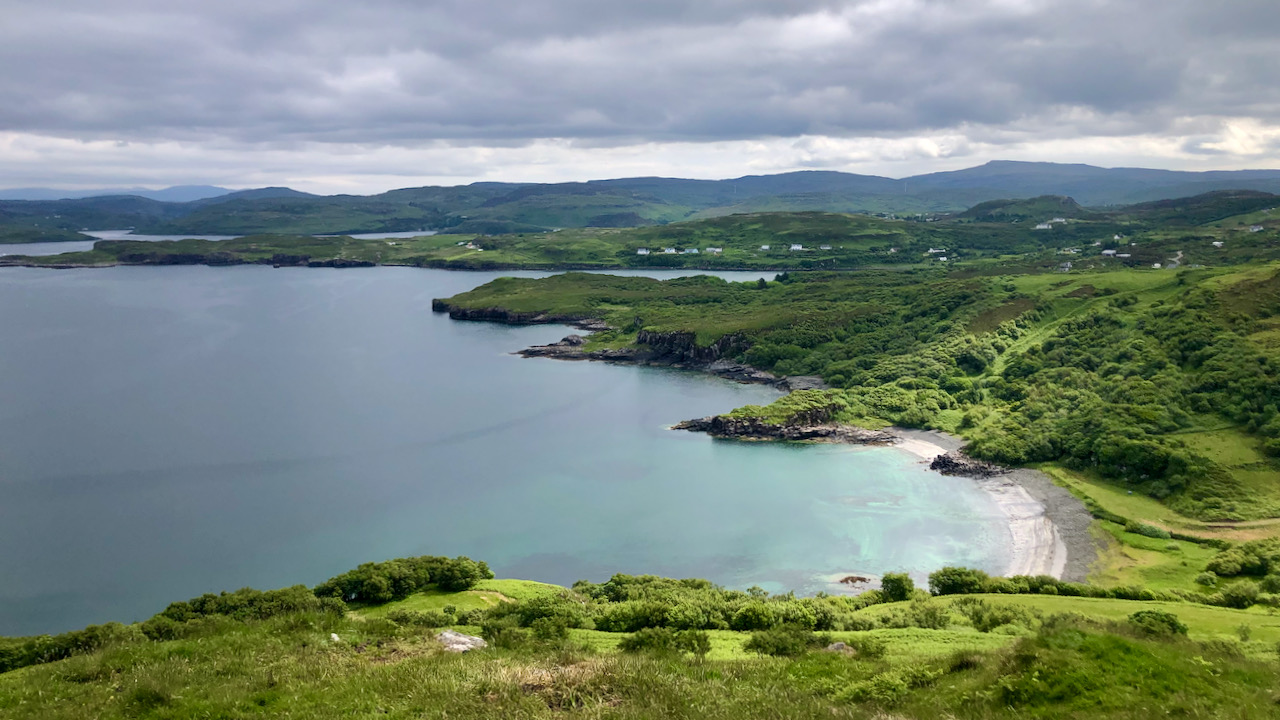
Fiskavaig
Another day spent leisurely pootling the tranquil narrow lanes of the Minginish Peninsula. This is Fiskavaig, a scattered community that comprises a mix of renovated houses, contemporary Scandinavian-style new builds, and the occasional working croft. In the near distance is Ardtreck, featuring its captivating galleried dùn. In fact, if you examine that photograph closely, on…
-
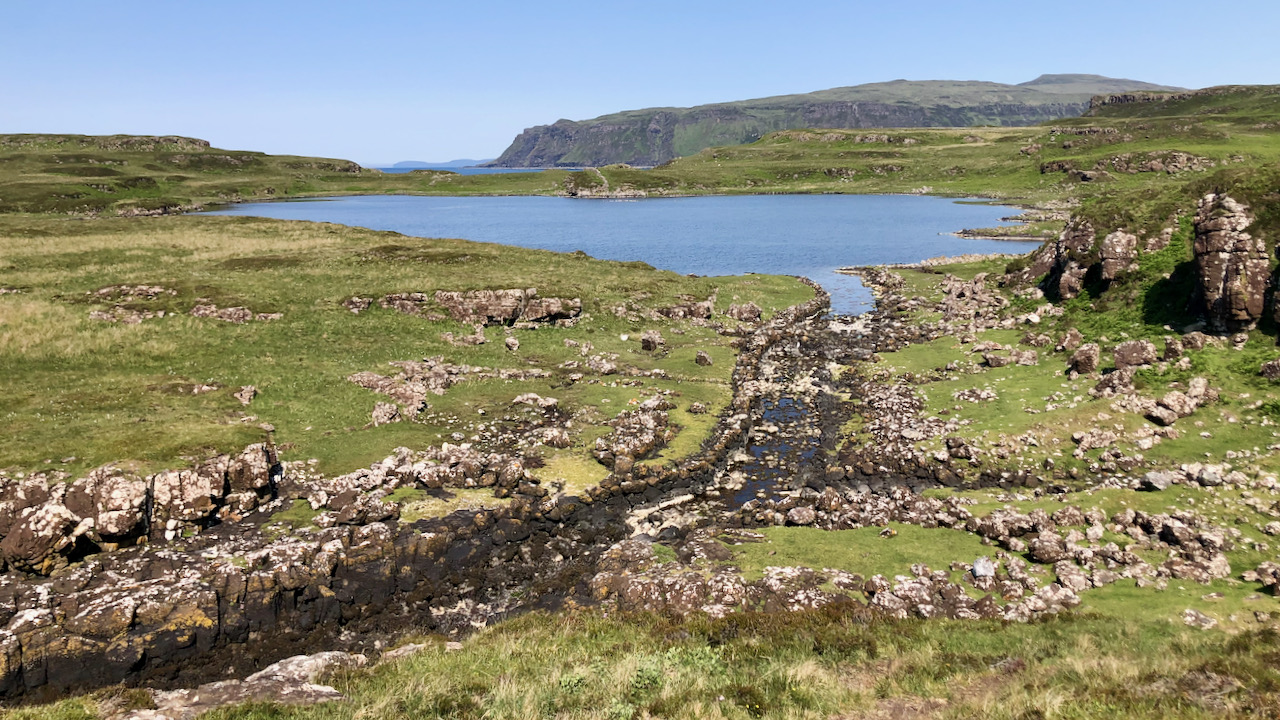
The “Viking Canal” at Rubh’ An Dunain
After yesterday’s lapsus calami when I misidentified a whole mountain ridge (see Mark’s comment), I thought I had better be extra attentive. The Rubh’ An Dunain is a remote headland located approximately 6km south of Glen Brittle. It is renowned for its notable feature, the “Viking Canal,” which connects Loch na h-Aide with the Soay…
-
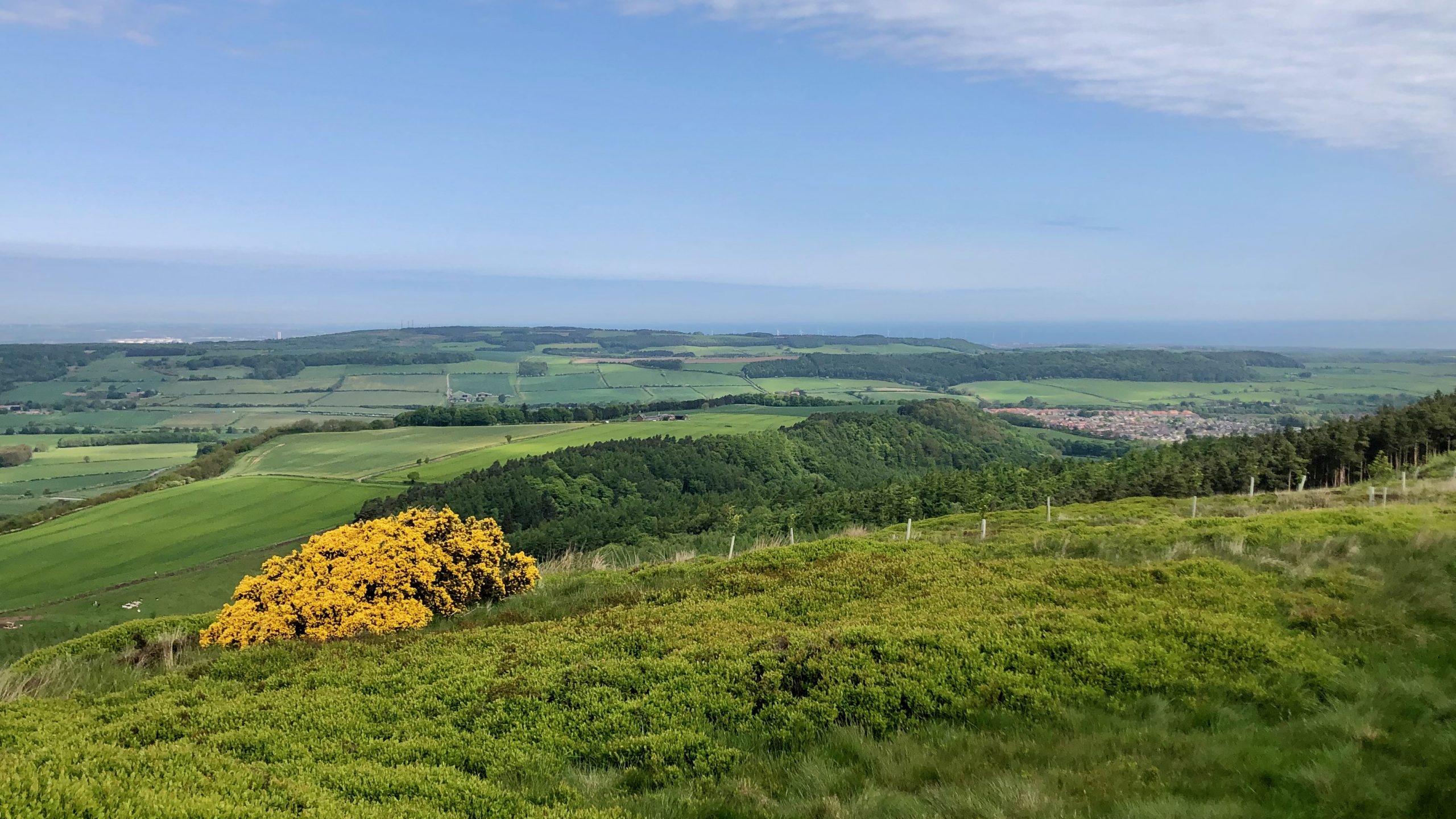
Sir Joseph Whitwell Pease’s Thoroughbred Hunters and Bousdale Farm
Bousdale Farm, perched on the plateau of Bousdale Hill, provides a splendid panoramic view of Guisborough and, in the distance, the North Sea. Although the farm was likely constructed in the early 1880s, it does not appear on the 1881 census. Apparently, the buildings were initially erected to accommodate Sir Joseph Whitwell Pease’s prized thoroughbred…
-
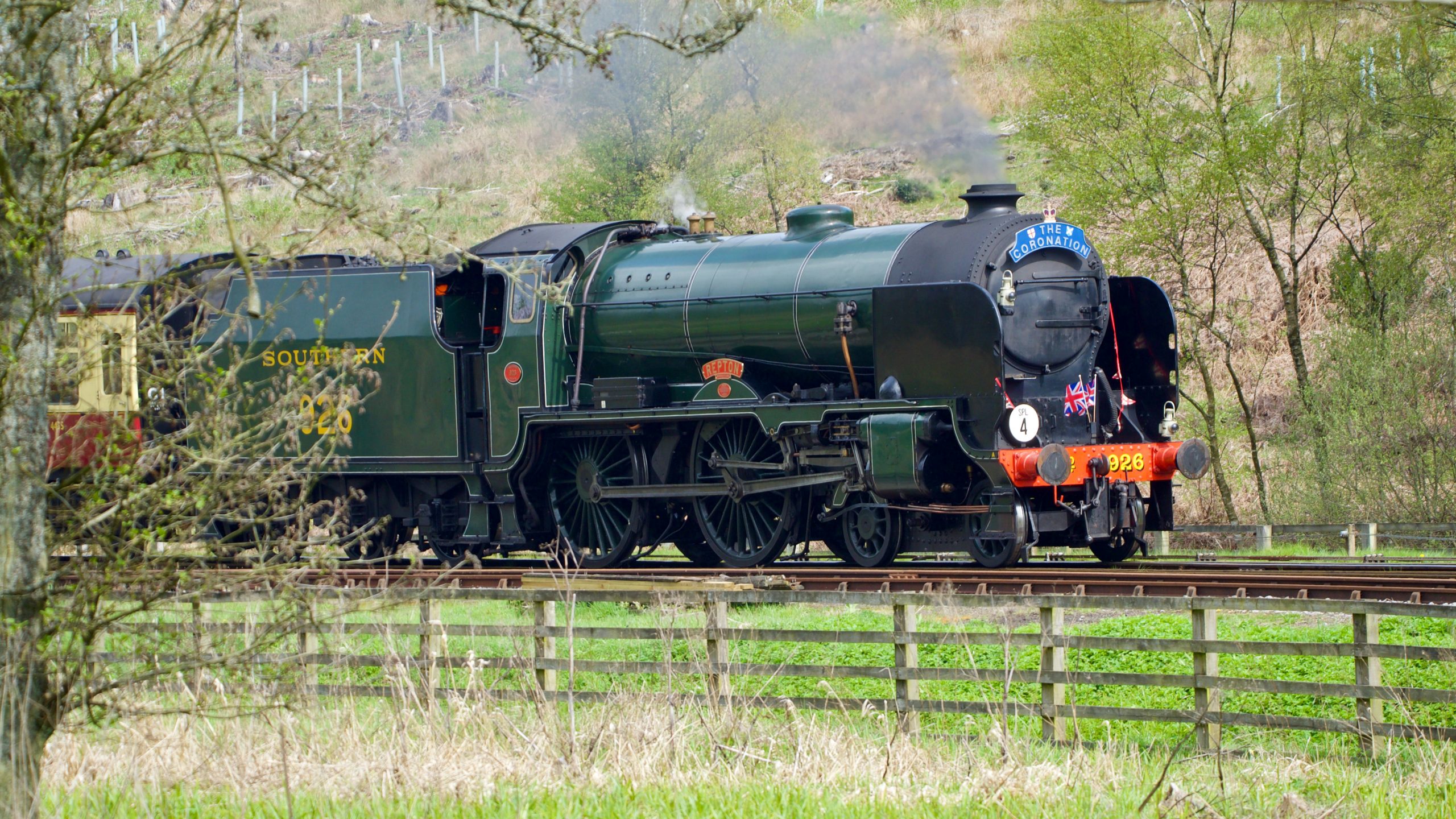
The farce is over …
The farce is over — the “idle and useless pageant” has gone by — the doll has been dressed, dizened, and exhibited — a host of gawping idlers have been gratified with a spectacle, while the madness of the moment has been improved by the political beasts of prey to the strengthening of their fangs…